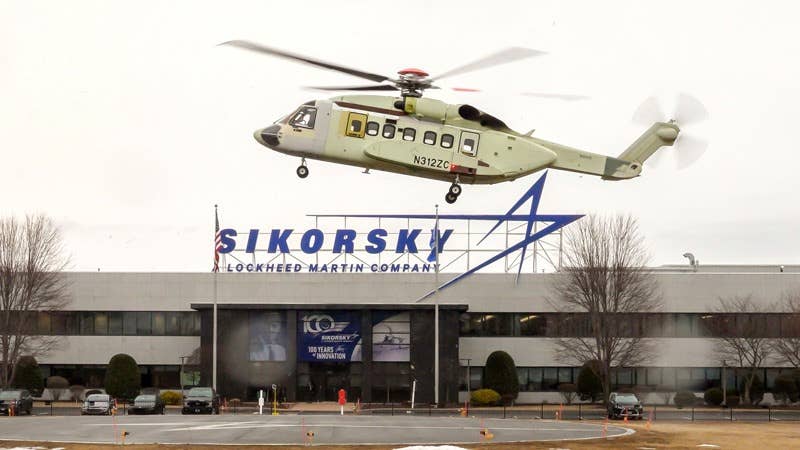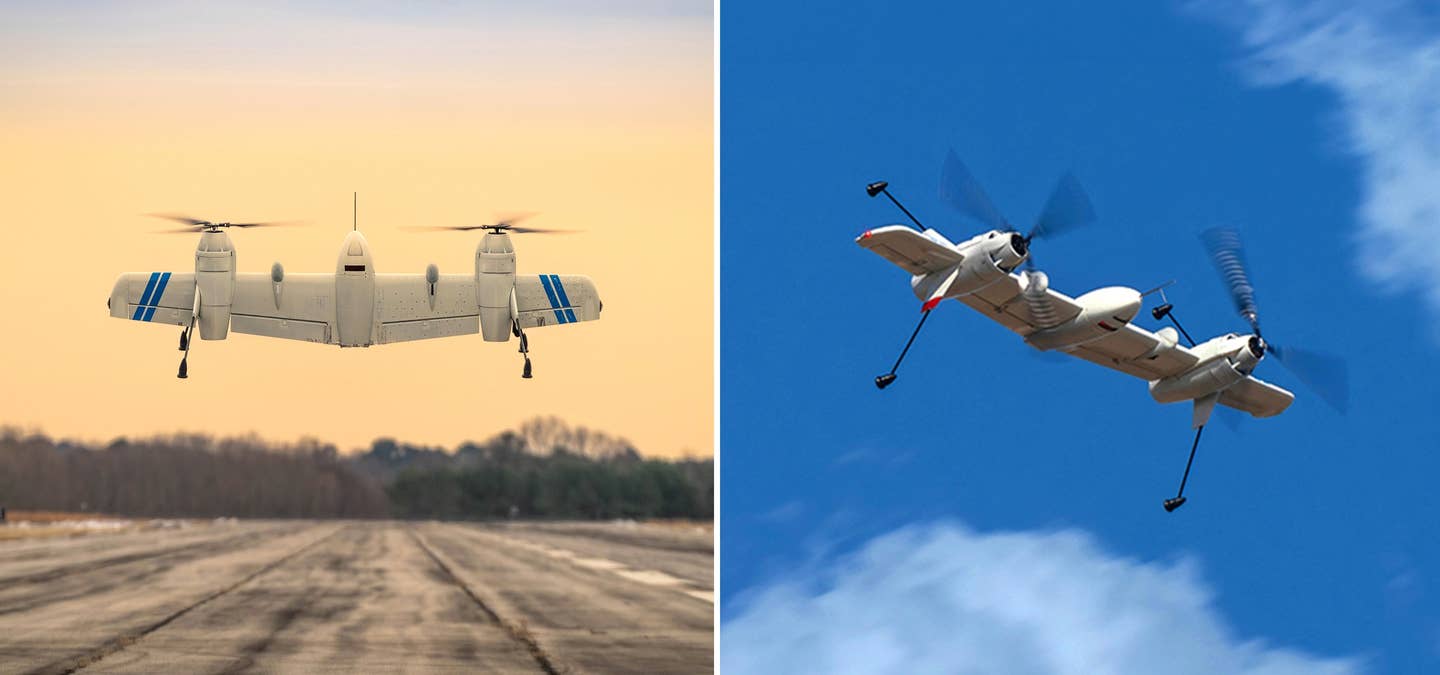
The investigation will look closely at why the chartered tour helicopter flipped over as soon as it hit the water. Eurocopter
During initial interviews with NTSB officials, the pilot of the Airbus AS350B2 that crashed into New York's East River on March 11 was unable to recall how many photographic flights he had conducted on the day of the accident. He could only remember that his duty day began about 11 a.m. local time and that the accident occurred about 1908 local time, slightly more than eight hours later.
Following the helicopter’s impact with the water, the AS350 quickly rolled inverted. While the pilot escaped, none of the five passengers aboard survived. Still strapped into their seats, all five people drowned. In addition to the standard seatbelts installed on the helicopter, passengers were also restrained with an additional harness provided by the charter tour operator designed to keep them from falling as they maneuvered in their seats to take photos.
The pilot’s emergency briefing instructed passengers to use a knife, apparently attached to their life vests, to cut themselves free in an emergency. In the confusion of the crash and the upset, none of the passengers, even one who was a young firefighter, were able to do so.
The pilot remembered the helicopter flying northbound along the East River at approximately 2,000 feet when “the front seat passenger turned sideways, slid across the double bench seat toward the pilot, leaned back and extended his feet to take a photograph of his feet outside the helicopter.” The pilot recalled initiating a right turn to head back south but noticed the nose of the helicopter began to turn right faster than he expected. Hearing the low rotor rpm alert in his headset, the pilot also saw the engine pressure and fuel pressure warning lights come on, making him think the engine had failed.
“He lowered the collective pitch control to maintain rotor rpm and let the nose continue to turn right.” the preliminary report notes. “As Central Park came into view, he briefly considered a landing there but thought there were too many people."
The pilot made a distress call and turned back toward the East River, although he wasn’t sure he could make it that far. He ordered the passengers back into their seats as he established an auto-rotative glide, while also attempting to restart the engine. After two unsuccessful tries, he confirmed the fuel control lever was still in its normal operation detent. Once he realized he could clear the buildings and make it to the river, he activated the floats at about 800 feet agl.
Committed to impact on the water, the pilot reached down for the emergency fuel shutoff lever and realized it was already turned off. He saw a portion of the front seat passenger's tether harness lodged underneath the shutoff lever.
Descending through 600 feet, he turned the fuel shutoff lever back on and attempted another restart and saw some positive engine indications almost immediately. The engine didn’t come to life quickly enough, however, and he realized again the helicopter was going into the water. He positioned the fuel shutoff lever back to "off." The helicopter impacted the water in a 5- to 10-degree nose-up attitude.
The helicopter’s chin bubble on the pilot's side quickly began to fill with water. The pilot reached down for the front seat passenger's harness carabiner and turned the knurled screw "two or three rotations," but was not successful in freeing that person. The helicopter was already "listing past a 45 degrees roll," at this point. By the time the pilot unbuckled his own restraint, he was completely under water. He used two hands to pull himself free, popping out of the water a few feet from the overturned helicopter. A passing tugboat crewman pulled the pilot from the water.
The NTSB said it also examined the helicopter’s emergency float system that revealed three floats installed on the left landing gear skid appeared to be more inflated than the ones on the right. The emergency floats' left pressurized gas cylinder gauge indicated about 0 psi, while the right pressurized gas cylinder gauge indicated about 4,000 psi. The NTSB said it’s unclear at this point if the pressure differentials had anything to do with the helicopter pitching sideways immediately after it struck the water.
The NTSB said the preliminary report contains no analysis or probable cause and is subject to change as the investigation progresses.

Sign-up for newsletters & special offers!
Get the latest FLYING stories & special offers delivered directly to your inbox






